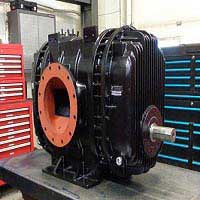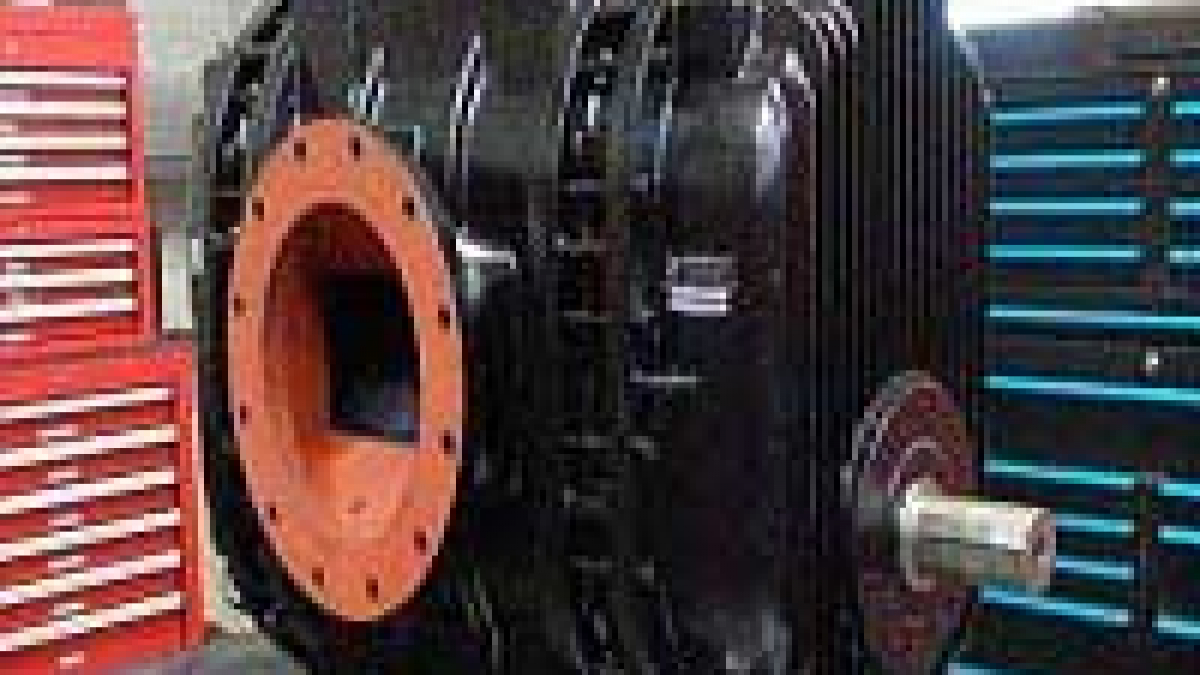How many microns should a vacuum pump pull down to?

Pull a proper vacuum to make a system clean, dry, and tight
Pulling a vacuum on a system is important to make the system operate properly and efficiently, and to help ensure a long service life. Yet many technicians are never fully schooled on how to pull a proper vacuum.
Pulling a vacuum on a system is important to make the system operate properly and efficiently, and to help ensure a long service life. Yet many technicians are never fully schooled on how to pull a proper vacuum.
Years ago, Harold G. Saunders and Emmit C. Williams wrote a little book called Review of Vacuum for Service Engineers. It’s hard to find, but if you can get your hands on a copy of this book, you might just realize how little you know about this common and yet often incorrectly performed procedure.
Many people say, “Pull a vacuum to 500 microns and you’re good,” but when I started studying how vacuum works in a system, I realized that there was a lot more involved to get the system to 500 microns, or lower, and to hold that level. The placement of the gauge, the size of the hoses, and the size of the pump are all important factors. As an example, a small pump with bigger hoses on it will get the job done faster than having a large pump with small hoses.
Here are a few rule-of-thumb tips:
How many microns should a vacuum pump pull down to?
Use a high-accuracy digital gauge with 1.0 or .1 micron resolution down to or below 50 microns.
Remove the valve cores with valve core removers rated at less than 30 microns of vacuum. Use the core removers as your blank off valves to keep the hoses out of the system during rise testing.
Use two 3/8-in. or ½-in. vacuum rated hoses, or even just one ½-in. vacuum rated hose (depending on the size of the system), from the core remover(s) straight to the vacuum pump.
Put your vacuum gauge as far away from the pump as you can possibly get it. The farther away from the pump your vacuum gauge is, the more accurate your measurement of the vacuum in a system will be and the more you will be able to tell about contaminants and leaks in the system during evacuation.
Remember, vacuum moves in a wave and seeks its own level, just like pressure above atmospheric level does. We do not see the wave as much as we do with higher pressure, but pressure drops occur through a lineset or a coil, and the lowest pressure in a system during evacuation is at the pump.
[/av_textblock]
Leave a Comment